The remuneration of art conservators and restorers is a multifaceted subject that intersects artistic, ethical, economic, and professional considerations. This article explores the parameters that shape the costs of conservation and restoration services, examining the factors that define professional fees, the distinction between professional and amateur practice, and the broader implications for cultural heritage stewardship. Emphasis is placed on the critical role of the art conservator and restorer as an “Art Doctor,” a concept repeatedly underlined by Venizelos G. Gavrilakis, Senior Expert Art and Antiquities Conservator and Restorer.
Art conservation and restoration are highly specialised practices that require technical mastery and deep material and historical understanding. As the global demand for art conservation and restoration services increases — driven by private collectors, museums, and heritage organisations — so does the complexity surrounding determining fees and professional standards. A crucial point often overlooked is the irreplaceable importance of a professional, experienced art conservator and restorer. Venizelos G. Gavrilakis, Senior Expert Art and Antiquities Conservator and Restorer, often highlights that art conservators and restorers act as “Art Doctors“, serving a similar role for artworks as medical doctors do for human beings. Just as we would never entrust our health to an amateur, we must equally safeguard our cultural heritage by relying on true professionals.

© VENIS STUDIOS
Parameters Influencing Conservation and Restoration Fees
Nature and Complexity of the Work
The scope and complexity of the intervention remain fundamental determinants of cost. Treatments vary from minimal surface cleaning to highly complex structural stabilisation or reintegration of lost areas. Objects with severe deterioration or past improper interventions may require prolonged, highly specialised treatments.
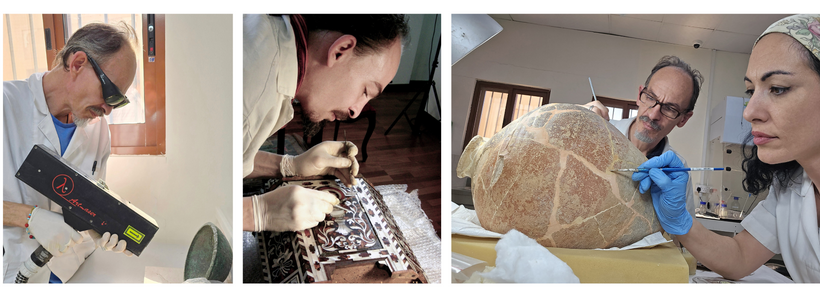
© VENIS STUDIOS
Material and Historical Significance
Artworks with high historical, cultural, or financial value demand not only technical skill but also enhanced ethical care, rigorous documentation, and the use of specialised reversible materials. These factors justify higher fees, reflecting the responsibility borne by the art conservator and restorer.
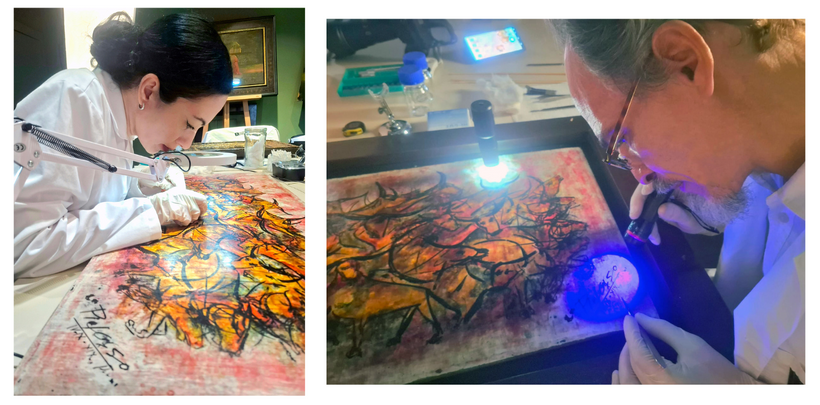
© VENIS STUDIOS
Expertise and Specialisation of the Art Conservator and Restorer
Professional fees are directly linked to the experience, specialisation, and reputation of the art conservator and restorer. Highly trained experts, especially those recognised by international organisations, command higher fees due to their deep technical knowledge and rare skill sets. In contrast, amateurs or non-professionals lack the training to diagnose, analyse, and treat artworks responsibly, often resulting in irreversible damage.
Institutional versus Independent Practice
Fees also vary between institutional and private practice. Institutional conservators and restorers operate within set budgets and salary structures, while independent or studio-based professionals must factor in overheads, specialised equipment, staff salaries, and insurance.
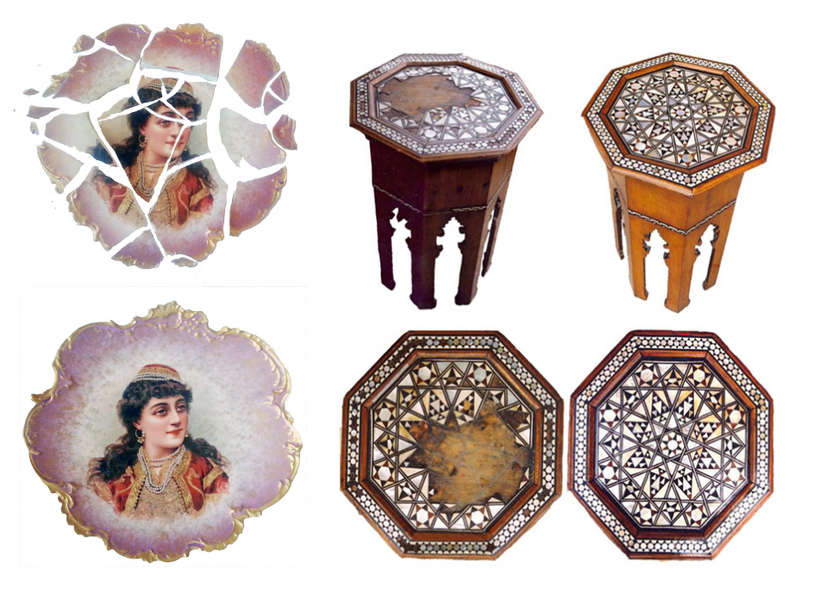
© VENIS STUDIOS
Geographical and Market Considerations
Location strongly influences pricing. Art conservation and restoration Studios in major cultural hubs often face higher operational costs and cater to collectors and institutions prepared to invest in high-level conservation and restoration services.
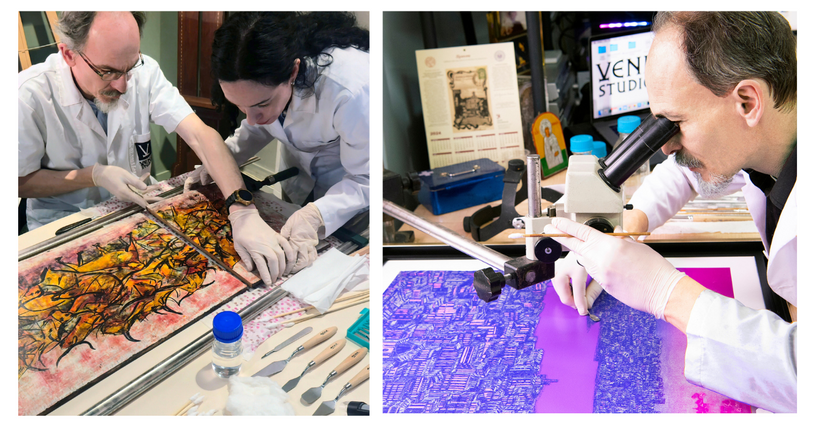
© VENIS STUDIOS
Timeframe and Urgency
Emergency or expedited treatments increase costs. Rapid interventions require prioritisation of resources, extended working hours, and sometimes the involvement of additional specialised personnel.
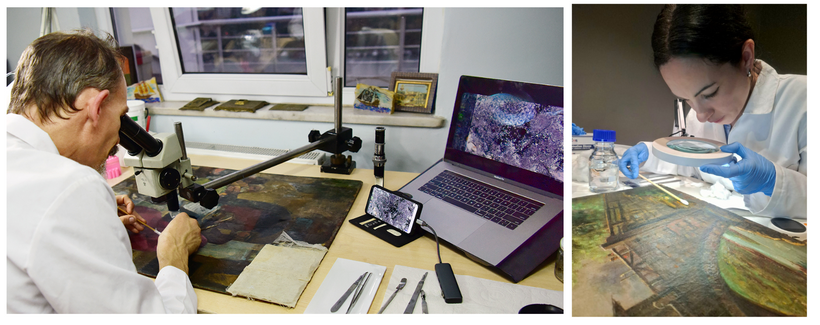
© VENIS STUDIOS
The Imperative of Professionalism: “Art Doctors” of Cultural Heritage
Venizelos G. Gavrilakis emphasises the analogy of art conservators and restorers as “Art Doctors,” which powerfully conveys their essential role. Just as a human doctor requires extensive education and years of practice to care responsibly for human life, an art conservator and restorer must possess profound scientific knowledge, manual dexterity, and ethical discernment to “heal” artworks.
Relying on unqualified individuals or attempting amateur repairs — often driven by a misguided desire to save money — can result in severe structural and aesthetic damages, drastically reducing or even destroying an artwork’s cultural and market value. Conversely, professional conservation and restoration not only preserve authenticity and historical integrity but also significantly increase an artwork’s value, positioning it at the highest possible price bracket in the art market.
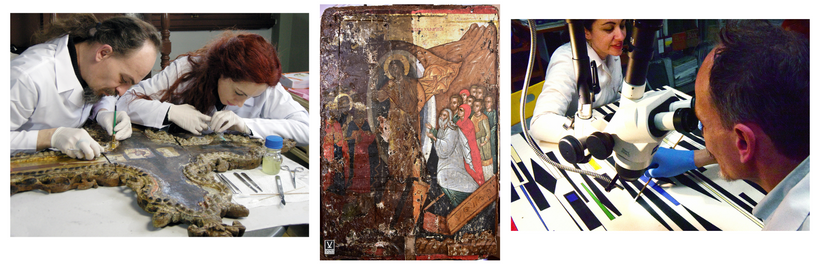
© VENIS STUDIOS
Fee Structures and Transparency
Art conservators and restorers typically work on hourly, daily, or project-based fees tailored to the complexity and risks involved. Transparent, itemised proposals are considered best practices and should detail condition assessments, treatment phases, materials, documentation, and ancillary costs. Ethical codes require full disclosure and clarity to maintain trust and ensure informed consent.
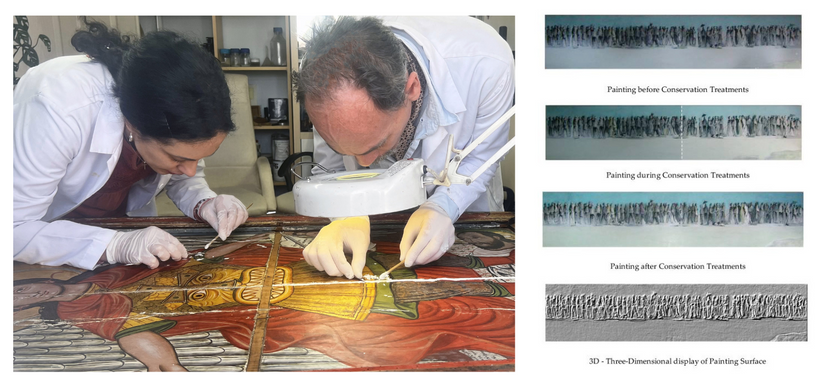
© VENIS STUDIOS
Broader Implications
The broader consequences of undervaluing or avoiding professional conservation and restoration are profound. Neglecting expert care risks the loss of irreplaceable cultural heritage. Professional fees, therefore, should be understood as an investment in the longevity and historical integrity of art objects rather than a discretionary expense. The work of professional art conservators and restorers ensures that future generations can continue to experience and study these objects in their authentic state.
The parameters defining the fees of art conservators and restorers reflect a convergence of scientific expertise, ethical responsibility, and market realities. The analogy of the art conservator and restorer as an “Art Doctor,” as consistently advocated by Venizelos G. Gavrilakis, underscores the necessity of entrusting cultural treasures only to qualified professionals. Professional, ethical conservation and restoration not only protect artworks but elevate them, maximising their aesthetic and financial value while safeguarding their stories for posterity.
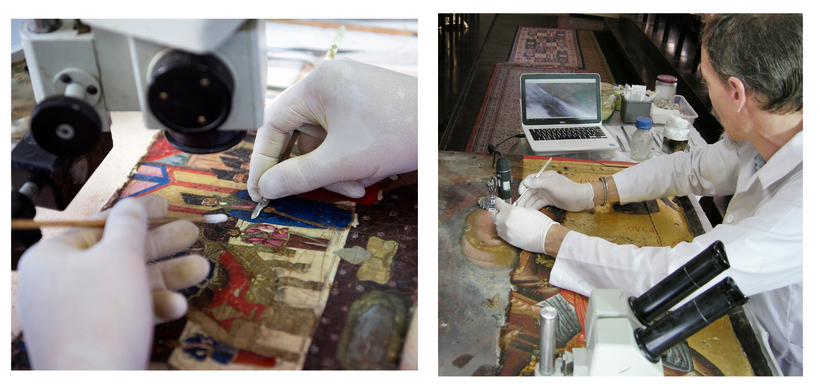
© VENIS STUDIOS
The Value-Enhancing Power of Professional Art Conservation and Restoration
A widespread but fundamentally incorrect belief is that conservation and restoration do not contribute to an artwork’s value or, worse, may diminish it. In reality, professional conservation and restoration carried out by an experienced art conservator and restorer not only safeguard the structural and aesthetic integrity of an artwork but actively enhance its market and cultural value. This is because collectors, museums, and cultural institutions seek works that have been properly maintained, documented, and treated according to internationally recognised ethical standards.
For example, a 17th-century painting with severe varnish discolouration and structural damage will often remain undervalued or unsellable until a professional intervention reveals its true condition and original visual impact. Similarly, a polychrome sculpture suffering from flaking paint or insect damage can significantly increase its value following consolidation, cleaning, and reintegration treatments by a qualified art conservator and restorer.
Furthermore, auction houses and private sales platforms frequently require detailed conservation and condition reports before accepting high-value works for sale, knowing that proper conservation directly supports higher estimates and final prices. Conversely, amateur or non-professional attempts at restoration — often motivated by cost-saving — typically lead to irreversible damage, severe aesthetic compromise, and a sharp decline in both cultural and market value. In many cases, such improper interventions result in de-attribution, reduced provenance confidence, or even total devaluation.
In short, professional conservation and restoration are investments that ensure both the physical survival and the maximal value realisation of cultural property.
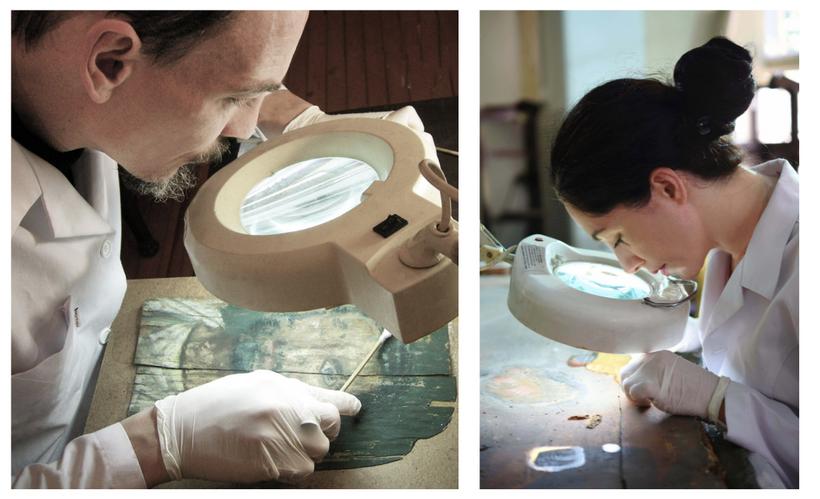
© VENIS STUDIOS
The Silent Guardians of Cultural Heritage and the Symbolic Role of the Professional Art Conservator and Restorer
Beyond all technical definitions, economic analyses, and ethical codes lies the profound, often unspoken truth about the role of the art conservator and restorer. These professionals stand as guardians of human memory, stewards of our collective cultural narrative, and quiet protectors of beauty and meaning across time.
The analogy so powerfully articulated by Venizelos G. Gavrilakis — that the art conservator and restorer is an “Art Doctor“ — captures this essence with poetic precision. Just as physicians heal bodies and preserve life, the art conservator and restorer heals and preserves the silent witnesses to our shared human journey. Through their hands and knowledge, fragile canvases regain their light, sculptures reclaim their dignity, and ancient objects whisper once more of worlds long gone.
In a world ever more consumed by speed, superficiality, and commercial turnover, the professional art conservator and restorer offers a counterpoint: a commitment to patience, rigorous care, and a future in which cultural heritage is not merely stored but truly kept alive. Their work transforms decay into renewal and threat into permanence. They ensure that artworks do not merely survive as relics but continue to live as vibrant carriers of meaning, identity, and value.
Thus, entrusting our cultural treasures to amateurs or neglecting proper conservation is not merely a technical or financial misjudgment but a profound betrayal of our responsibility to the past and future generations. By choosing professional, expert care, we honour not only the material integrity of an artwork but also the countless stories, emotions, and identities it embodies.
In the hands of a true art conservator and restorer, each object transcends its fragility and becomes an enduring ambassador of human creativity. Their practice is not only a profession but an act of devotion — a silent promise to history that what is beautiful and meaningful today shall still inspire tomorrow.
I want to learn more:
by Venizelos G. Gavrilakis
Edited Athina Gkouma
About the author:
Venizelos G. Gavrilakis, a renowned Senior expert art and antiquities conservator and restorer, is one of the few international experts of Byzantine and post-Byzantine icons; his expertise also expands in historical oil paintings, Ottoman-era artwork, historical artworks and antiquities. He has been working as a senior expert conservator and restorer since 1994 for more than 30 years. He has worked with various institutions and has been involved in international conservation meetings and conferences. He has also made three art restoration and conservation documentaries, which have been played on TV and in cinemas. Gavrilakis is the president of the art and antiquities conservation and restoration company VENIS STUDIOS, based in Istanbul, Turkey, and has collaborated with government departments, museums, galleries, antique dealers, and private collectors.
-
Articles: World Art News articles
Our related articles

